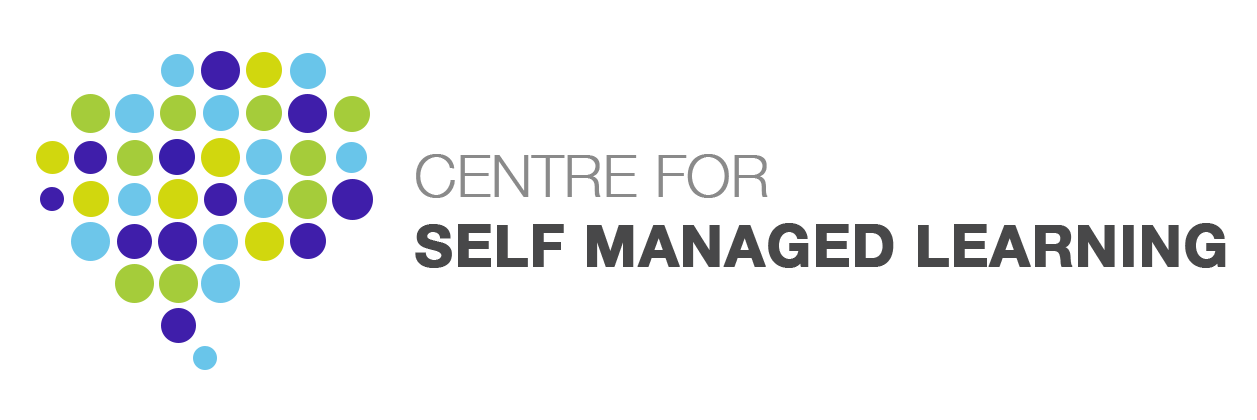10 Dec Using the Five Questions as a Consultant
 Responding to the suggestion, following Rob Shorrock’s article in the last newsletter, that people might like to let us know how they have used the Five Questions outside of a formal SML programme structure, CSML Board Member, Liz Barlow, reflects on their use in the context of consultancy.
Responding to the suggestion, following Rob Shorrock’s article in the last newsletter, that people might like to let us know how they have used the Five Questions outside of a formal SML programme structure, CSML Board Member, Liz Barlow, reflects on their use in the context of consultancy.
Having used the five questions to structure my learning for the last nine years, Rob Shorrock’s article on using them at the start of a new role, prompted me to think about their application to other situations. I realised that unconsciously, I had been using them with clients since becoming an independent consultant almost three years ago.
When meeting a client for the first time it is important to elicit as much information as possible in order to ensure that you meet their requirements for the project. You may have worked with the organisation or even that particular client before and so the exploration of the past may not be as extensive on every occasion.
However, using the five questions, even if some are brief re-caps, ensures that nothing is missed and more importantly, that incorrect assumptions are not made.
Many of the questions that Rob identified would also be useful in this situation and I have tried to build on them.
The detail under each of the questions will vary, depending on the type of project that you are involved in, and I have listed some ideas under each of the five questions.
[member]
Where Have They Been?
- History of the organisation/department/issue
- What are the reasons that the particular action or direction had been taken?
- How has this specific issue/situation arisen?
- Who has been involved?
Where Are They Now?
- What is the situation now?
- What has prompted them to seek help now / what are the perceived problems and what evidence do they have (is it just a perception)?
- How has it changed from the past?
- Who are the “players” that are involved?
- What is the “political” or “cultural” climate?
- What are the key strengths?
- What opportunities are there?
- Sources of Information
o Literature
o Figures/Measures/Performance
o Competitors
o People
o Surveys
Where Do They Want To Get To?
- What would the desirable state be like?
- What would people be saying?
- How would it feel?
- Who would be there?
- What would be different?
- Consider the “why” in all of these
- Any specific Goals/Objective
How Will They Get There?
This is an opportunity to establish if the client has any preferences or is averse to a particular course of action. It is may be that this question is covered in several parts; an initial discussion and then later once diagnostics have been completed and clearer ideas formulated.
- Explore initial ideas and options
- Possible methods
How Will They Know That They Have Arrived?
Using the information gained with “where do they want to get to”, agree in advance how they will know this.
- Measures
- Evaluation of success of solution
- Evidence
Obviously each organisation and assignment is different, but the notes above have helped my clients and me ensure that we know what is required.
It would be interesting to hear other people’s views on the above and hear of any other situations where the five questions have been used successfully.
Liz Barlow
[/member]

